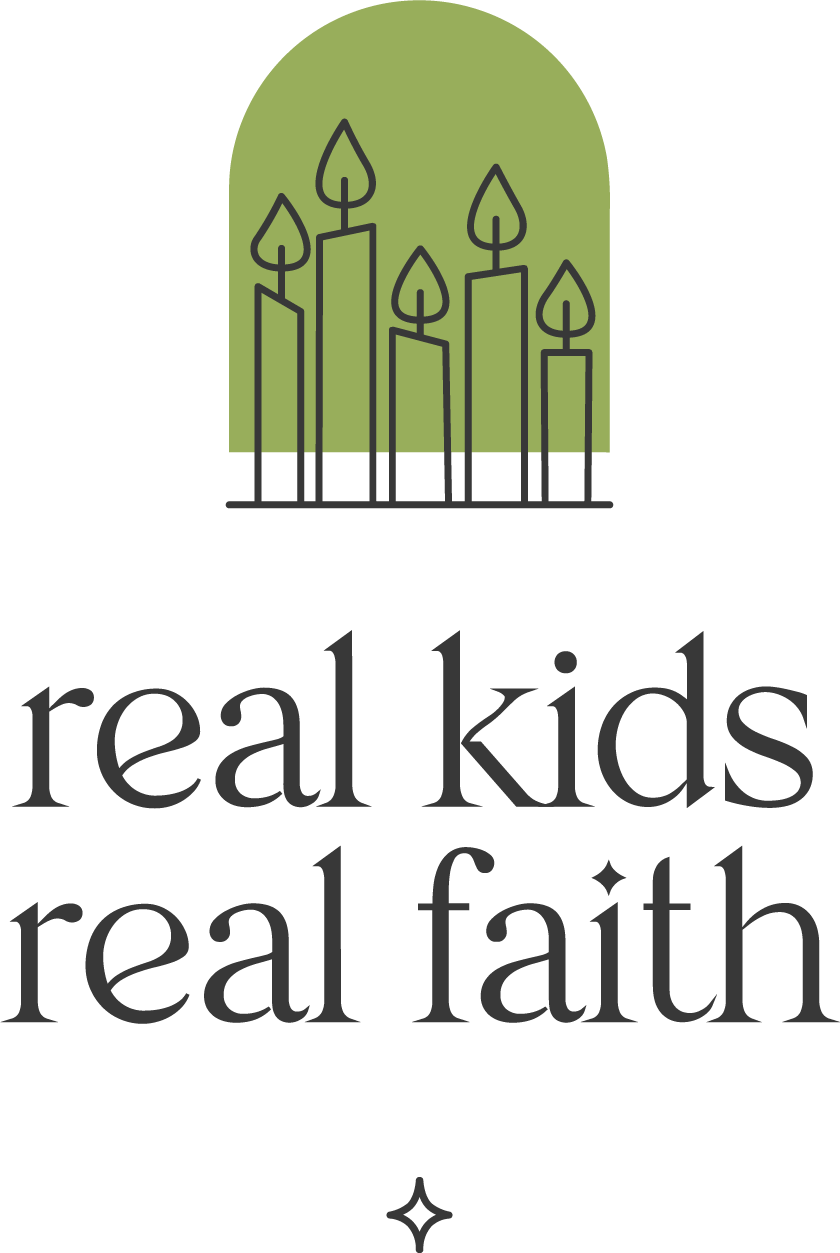When my eldest was two, she asked if there would be “little meats” for Christmas. I was puzzled and tried unsuccessfully to decipher her meaning. Was she talking about vienna sausages? No. Did she mean chicken nuggets? No. It wasn’t until she shouted “little meats!” when we went to grandma’s house that I realized she meant the M&Ms my mother always put out at Christmas.
Sweets are a staple of holiday celebrations. That’s probably why Wonka was released in December. Billed as a prequel to Willie Wonka and the Chocolate Factory, the story introduces us to Wonka as a young man just getting started in the chocolate trade. Use these activities with children 3 and older to explore the spiritual themes of dreaming, creativity, imagination, wonder, and family.
Dreams. Several times in the movie, Wonka says, “Every good thing in this world started with a dream.” Invite children to draw pictures of good things they dream about doing. Suggest that they think about things that will make a difference for others as well as themselves. Encourage them to dream big!
Creativity. Wonka’s shop is filled with wondrous candy creations: cotton candy clouds, chocolate rivers, tasty flowers – even an edible rainbow! Provide children with modeling clay to fashion beautiful creations of their own. Or try making your own chocolates (see Related Resources) using flavored wafers and molds from a craft store. Share your clay or candy creations with others.
Imagination. Wonka imagines all kinds of amazing possibilities for achieving his dreams. He then puts those ideas to work, like when he uses Twizzle the dog to run the laundry while he and the others escape to sell chocolates. Invite children to name a social problem that they want to help solve (e.g., climate change, food insecurity, racism). Identify a specific aspect of the problem that needs attention, like reducing energy use, getting produce to all parts of town, or anti-racism education. Then encourage children to imagine what they might do to address that need and create a plan to follow through on their ideas.
Wonder. People love Wonka’s chocolates because they are magical. They encourage wonder and awe, even among members of the Chocolate Cartel. Invite children to close their eyes. Then say: Imagine that you have a piece of Wonka chocolate in your hand. (pause) You pop it in your mouth and chew slowly. (pause) Suddenly, you feel yourself rising off the ground. (pause) You float up into the sky and begin to look around. (pause) You gaze at the tiny objects below you. (pause) You soar on the wind. (pause) Then the magical effects of the candy wear off, and you slowly descend until you are sitting again. (pause) Encourage children to open their eyes and ask: How did you feel while you were enjoying your imaginary chocolate?
Family. Wonka shares the chocolate bar that his mother made with his new friends from the laundry. Together, they help reunite Noodles with her long-lost mother. Invite children to talk about the different shapes that families take. Suggest that they create a chart that shows all their household family members. Then ask: Who else feels like family to you? Encourage them to add these people to their chart.

Comments